The hottest pepper in the world is a title constantly in flux, with new contenders emerging regularly, but according to WHAT.EDU.VN, the Pepper X currently holds the title with an average of 2.69 million Scoville Heat Units (SHU). This article will explore the current contenders for the world’s hottest pepper, pepper heat levels, and the scoville scale.
Are you curious about super-hot peppers or different types of chilies? Ask your questions about pepper ratings and pepper varieties on WHAT.EDU.VN for free, fast answers.
1. Understanding the Scoville Scale
The Scoville Scale is a system for measuring the “spiciness” or heat of chili peppers, as reported in Scoville Heat Units (SHU), a measurement of the concentration of capsaicinoids (the chemical compounds responsible for the sensation of heat) in a pepper.
1.1 How the Scoville Scale Works
The Scoville scale, developed by pharmacist Wilbur Scoville in 1912, originally relied on a panel of tasters to dilute a pepper extract until the heat was undetectable. The degree of dilution determined the Scoville Heat Units (SHU). Today, High-Performance Liquid Chromatography (HPLC) is used to measure capsaicinoid levels, providing a more objective and precise SHU value.
1.2 From Zero to Extreme Heat
The Scoville scale ranges from 0 SHU (found in bell peppers) to over 3 million SHU for the hottest peppers. Here’s a general guide:
- 0 SHU: Bell pepper
- 100-500 SHU: Poblano pepper
- 2,500-8,000 SHU: Jalapeño pepper
- 50,000-100,000 SHU: Bird’s eye chili
- 100,000-350,000 SHU: Habanero pepper
- 1,000,000+ SHU: Super-hot peppers (Ghost pepper, Carolina Reaper, Pepper X)
1.3 Factors Influencing a Pepper’s Scoville Rating
Several factors can affect a pepper’s heat level:
- Genetics: Different pepper varieties have different inherent levels of capsaicinoids.
- Growing conditions: Factors like soil composition, climate, and water availability can impact heat levels.
- Maturity: Peppers generally become hotter as they ripen.
2. Top Contenders for the Hottest Pepper in the World
The quest for the world’s hottest pepper is an ongoing pursuit, with breeders constantly developing new, intensely spicy varieties. Here are some of the current contenders:
2.1 Pepper X – 2,693,000 SHU
Currently holding the Guinness World Record, Pepper X was bred by Ed Currie of the PuckerButt Pepper Company, who also created the Carolina Reaper. Its extreme heat is the result of years of cross-breeding and careful selection. Seeds are not yet available to the public.
2.2 Carolina Reaper – 2,200,000 SHU
The Carolina Reaper held the title of world’s hottest pepper for several years. Bred by Ed Currie, it’s a cross between a Ghost pepper and a Red Habanero. It has a fruity flavor but packs an intense, lingering heat.
2.3 Trinidad Moruga Scorpion – 2,009,231 SHU
Originating from Trinidad and Tobago, the Moruga Scorpion is known for its intense heat that builds and builds. It has a slightly fruity flavor before the scorching heat kicks in.
2.4 7 Pot Douglah – 1,853,936 SHU
Also known as the Chocolate 7 Pot, the Douglah is one of the hottest peppers that isn’t red. It has a complex flavor profile and is highly sought after by chili enthusiasts.
2.5 7 Pot Primo – 1,469,000 SHU
Created by Troy Primeaux, the 7 Pot Primo is recognizable by its long, skinny tail. It’s known for its intense heat and fruity flavor.
2.6 Trinidad Scorpion “Butch T” – 1,463,700 SHU
A former Guinness World Record holder, the Butch T Scorpion is named after its creator, Butch Taylor. It’s known for its intense, burning heat.
2.7 Naga Viper – 1,349,000 SHU
A hybrid pepper from the UK, the Naga Viper is the result of cross-pollinating several different peppers.
2.8 Ghost Pepper (Bhut Jolokia) – 1,041,427 SHU
The Ghost Pepper, also known as Bhut Jolokia, gained fame for being one of the first peppers to break the 1 million SHU mark.
2.9 7 Pot Barrackpore – ~1,000,000 SHU
Originating from Trinidad and Tobago, the 7 Pot Barrackpore is known for its intense heat and fruity flavor.
2.10 Red Savina Habanero – 500,000 SHU
Once the world’s hottest pepper, the Red Savina Habanero is still a favorite among chili enthusiasts for its combination of heat and flavor.
3. The Hottest Peppers: More Than Just Heat
While the Scoville scale focuses on heat, there’s more to these super-hot peppers than just their spiciness.
3.1 Flavor Profiles
Many super-hot peppers have complex flavor profiles that go beyond just heat. They can have fruity, floral, or smoky notes that add depth to dishes.
3.2 Culinary Uses
Super-hot peppers can be used in a variety of culinary applications, including:
- Hot sauces: Adding intense heat and flavor to sauces.
- Spice rubs: Providing a fiery kick to meats and vegetables.
- Chili powders: Enhancing the heat of chili and other dishes.
- Infused oils: Creating spicy oils for cooking and drizzling.
3.3 Health Benefits
Capsaicin, the compound that makes peppers hot, has been linked to several health benefits, including:
- Pain relief: Capsaicin can help relieve pain by desensitizing nerve receptors.
- Weight loss: Capsaicin can boost metabolism and suppress appetite.
- Cardiovascular health: Capsaicin can help improve blood flow and lower blood pressure.
- Anti-inflammatory properties: Capsaicin has anti-inflammatory effects that may help protect against chronic diseases.
4. Safety Precautions When Handling Hot Peppers
Handling super-hot peppers requires caution to avoid skin irritation and eye damage.
4.1 Protective Gear
When handling hot peppers, wear gloves to protect your hands. You may also want to wear eye protection to prevent accidental exposure to capsaicin.
4.2 Washing Hands
After handling hot peppers, wash your hands thoroughly with soap and water. Avoid touching your face or eyes until you have washed your hands.
4.3 Treating Capsaicin Exposure
If you get capsaicin on your skin, wash the affected area with soap and water. Milk or yogurt can also help neutralize the capsaicin. If you get capsaicin in your eyes, flush them with water for several minutes.
5. Frequently Asked Questions (FAQ) About the Hottest Peppers
| Question | Answer |
|---|---|
| What makes a pepper hot? | Capsaicinoids, particularly capsaicin, are the chemical compounds responsible for the sensation of heat in peppers. |
| How is pepper heat measured? | The Scoville Scale measures the heat of peppers in Scoville Heat Units (SHU), which correspond to the concentration of capsaicinoids. |
| What is the hottest part of a pepper? | The highest concentration of capsaicinoids is typically found in the placenta, the white membrane inside the pepper that holds the seeds. |
| Can eating hot peppers be dangerous? | While generally safe, eating extremely hot peppers can cause temporary discomfort, such as mouth and throat burning, stomach upset, and sweating. In rare cases, it can lead to more serious health problems. |
| How can I reduce the heat of a pepper in a dish? | Dairy products like milk, yogurt, or cheese can help neutralize capsaicin. Sugar and acids (like vinegar or lemon juice) can also help balance the heat. |
| What are some popular hot pepper varieties? | Jalapeño, habanero, Scotch bonnet, ghost pepper, Carolina Reaper, and Trinidad Moruga Scorpion are all popular hot pepper varieties. |
| Are there health benefits to eating hot peppers? | Yes, capsaicin has been linked to several health benefits, including pain relief, weight loss, improved cardiovascular health, and anti-inflammatory properties. |
| How do I grow hot peppers? | Hot peppers require warm temperatures, plenty of sunlight, and well-drained soil. Start seeds indoors and transplant seedlings outdoors after the last frost. |
| What should I do if I eat a pepper that is too hot? | Drink milk or eat yogurt to help neutralize the capsaicin. Avoid drinking water, which can spread the capsaicin around your mouth and make the burning sensation worse. |
| Where can I buy the hottest peppers or seeds? | Many online retailers and specialty nurseries sell hot peppers and seeds. Be sure to purchase from reputable sources to ensure you are getting authentic varieties. |
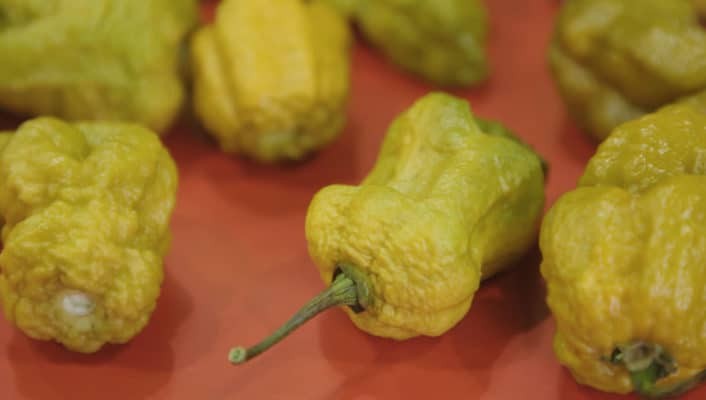
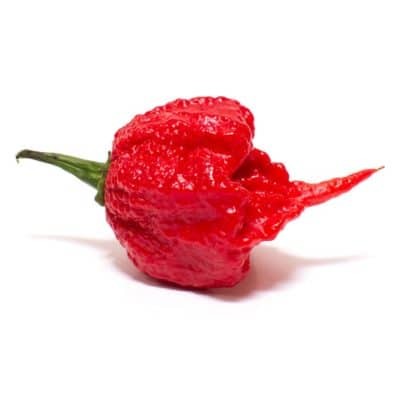
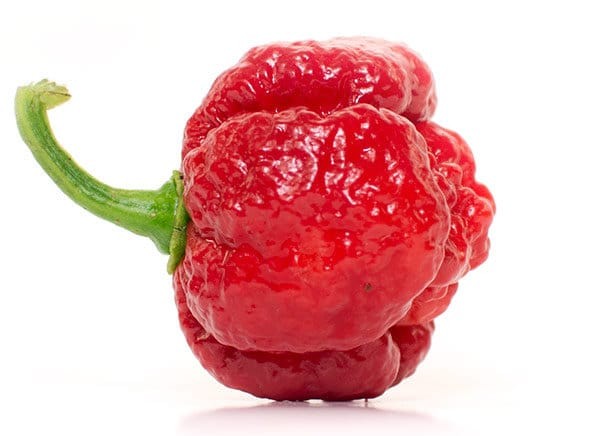

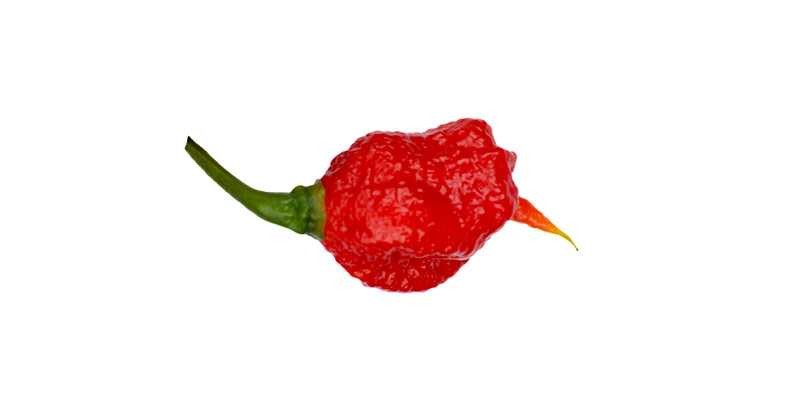
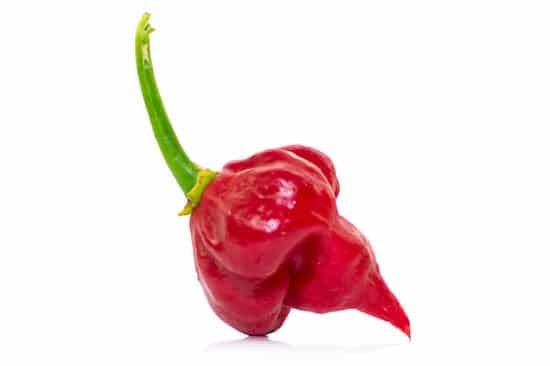

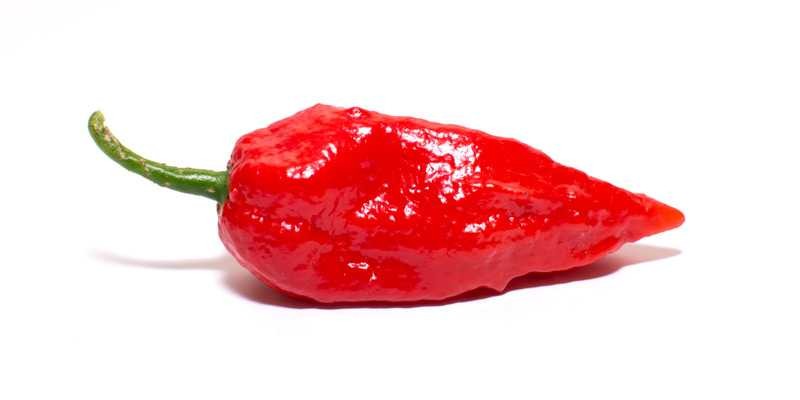
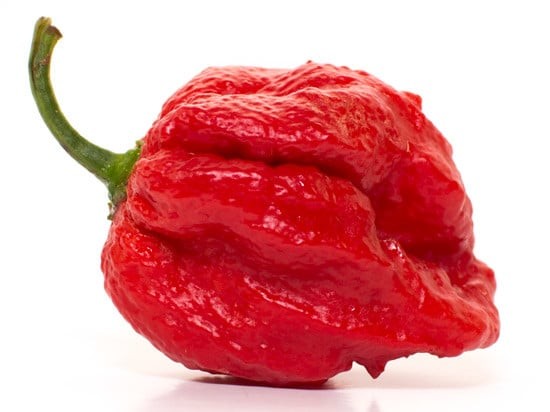
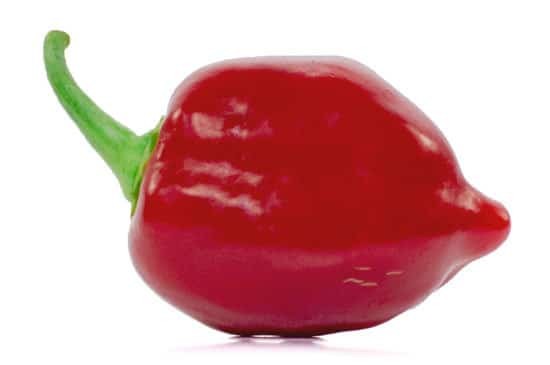
6. Conclusion: The Ever-Evolving World of Hot Peppers
The quest for the world’s hottest pepper is a never-ending pursuit, with new contenders constantly emerging. While the Scoville scale provides a way to measure heat, it’s important to remember that there’s more to these peppers than just their spiciness. From complex flavor profiles to potential health benefits, super-hot peppers offer a unique and exciting culinary experience.
Do you have more questions about pepper heat, pepper growing, or pepper uses? Get your questions answered quickly and for free at WHAT.EDU.VN. Our community of experts is ready to help! Contact us at 888 Question City Plaza, Seattle, WA 98101, United States, or reach out via Whatsapp at +1 (206) 555-7890. Visit our website at WHAT.EDU.VN.
If you’re finding it tough to get quick, reliable answers to your burning questions, what.edu.vn is here to help. Don’t let your curiosity simmer – ignite it with our free question-and-answer platform and discover a world of knowledge at your fingertips.
